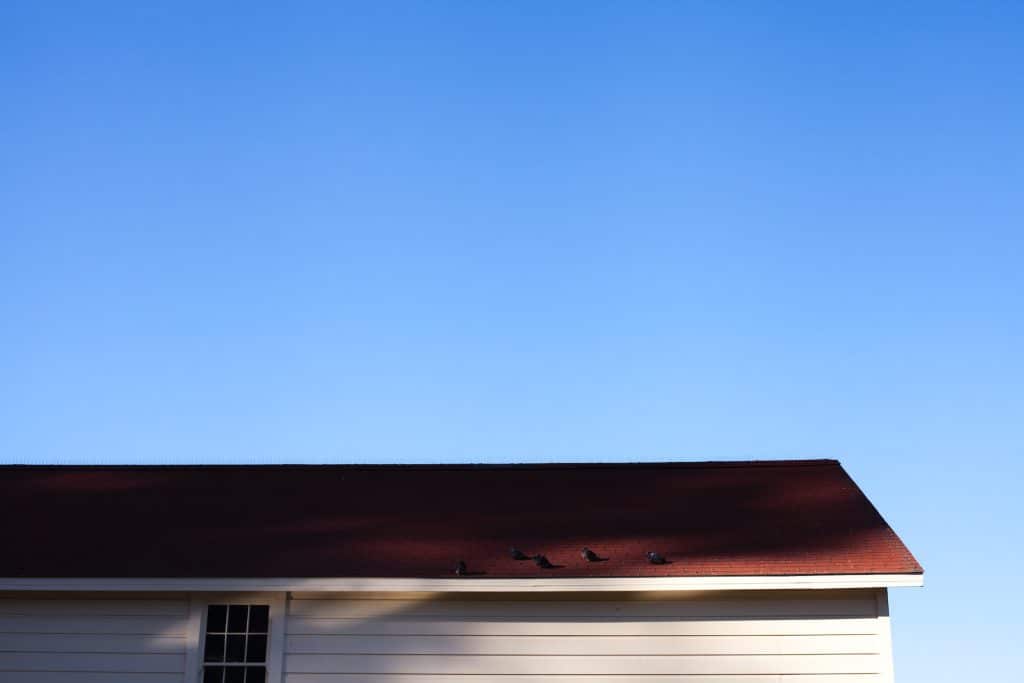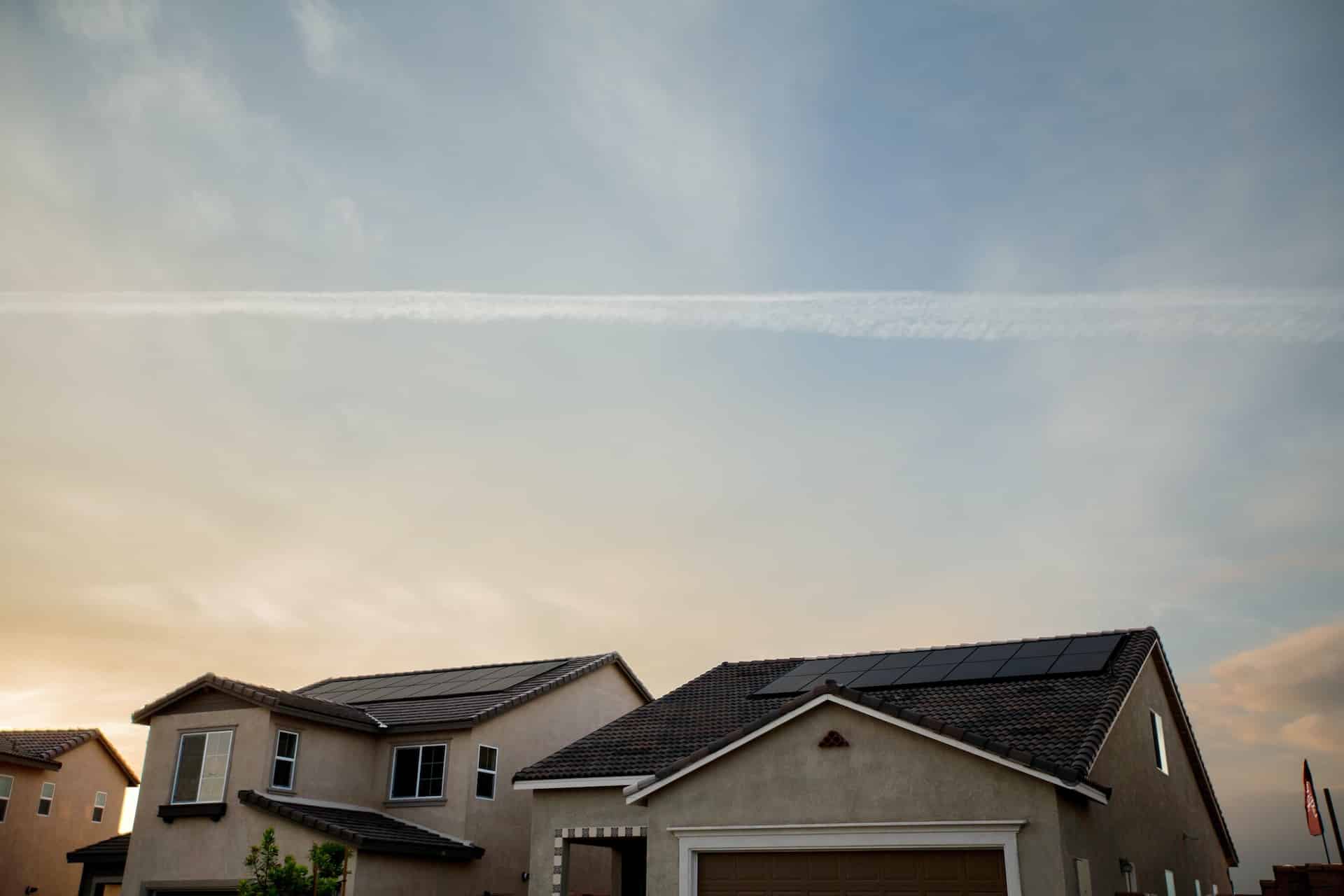Moving into a house with solar panels installed in Australia is not new. With the boom of solar energy across the nation, 1 in 3 homes today have solar panels installed.
According to 2019-2020 data from the Australian Bureau of Statistics (ABS), 1.14 million households moved at least once in the previous 12 months. 23 per cent of private renter households have been shown to be the ones who move a lot with an average of less than one year in their current dwelling whilst 52 per cent only spent less than five years in their current homes until they move again.
Whether you’re looking to buy or rent a home, what do you do when the property has existing solar panels?
Prepare for a higher house cost
A study by the Office of Energy Efficiency & Renewable Energy showed that solar panels are viewed as upgrades and home buyers have been willing to pay a premium of around $15,000 for a home with an average-sized solar system. There is also evidence that homes with solar panels installed tend to sell faster than those without.
With that, be prepared to pay more for a home with an existing solar system. Keep in mind that the value added by solar panels will vary on whether it is owned or leased. Homes with leased solar panels or purchased via a loan are less preferred by homebuyers.
The main difference between owned and leased solar panels is the owner of the solar panels. For owned solar systems, the homeowner buys the solar system via cash or a solar loan. Therefore, they pay the full amount of the upfront cost of the solar panels, which tends to be higher.
Consider the size of the solar system
How big the solar system is affects its performance and efficiency. When considering moving into a home with solar panels, check how much the system will generate electricity to ensure it’s enough for your needs.
How much energy the solar system will generate will also vary depending on your location, the direction of the roof, the angle of the solar panels, and any surrounding shade affecting the solar system.
For example, a 5kW system in Sydney will have a 19.5 kWh output daily. Generally, this is a good output and it will generate more power in the summer.
In case you need a bigger solar system, you can often add more panels to the system if the inverter allows for it. Adding to the existing system may be restricted by the current inverter, the age of the system, and the maximum PV output allowed by the local electricity network. On the other hand, if you the solar system is too large for your needs, consider a solar battery that can help you store excess solar power that you can use at night.
Check the direction of the roof

If the solar system is facing North with no shade, most of its power will be during the middle of the day. On the other hand, panels installed West will be pushed further into the afternoon. Roofs facing east will produce more power in the morning. This should influence the way in which you operate your appliances during the day. Using your power-hungry appliances during the peak of the day will ensure that most, if not all, of its usage is covered by the solar system.
Check the angle of the roof
Solar panels installed on a flat roof have better chances to generate more power in the summer, whilst tilted panels (those installed on a pitched roof) will generate more power in winter.
Check the surrounding shade

Shade from trees, clouds and other structures may impact the efficiency of your solar system. It can reduce the efficiency of the solar panels. If this is the case, and it is within your means, we recommend pruning back or removing any obstructions.
Check the warranty
Most solar manufacturers offer a warranty of 10 to 25 years (depending on the solar component and brand). However, it’s necessary to check the warranty left on the solar system before you purchase a house with solar panels. It secures you in the event the solar system malfunctions.
A warranty can go a long way should something happen to the solar system during your stay. The manufacturer can replace it or bear the maintenance costs.
Consider the maintenance
One of the things you need to think of when moving into a home with an existing solar system is the maintenance costs. Maintenance is crucial for a solar system to ensure it’s working in top condition. An effective way to keep your costs low is by monitoring your energy usage and the efficiency of the solar panels.
There are many types of software you can use today that come with alerts should something go wrong with your solar system. With this, it makes monitoring a lot easier and lower maintenance costs.
Connecting your solar system with your electricity retailer
This is one of the most important steps when moving into a new home with solar, whether buying or renting. If the system is in working order, then contacting your preferred energy retailer is your first port of call.
Usually, no further work is required to connect your system – a simple phone call will begin the process of connection and you will begin saving once connected. On occassion, a technician may be required to check on the system. Your retailer will advise you of any required steps and if any costs are involved.
So, is it worth it?
It may seem expensive at first to buy a home with an existing solar system, but it is worth it. A solar system adds more value to the property should you decide it in the future. Also, it will help you save more money on energy bills. Finally, a solar system is an environmentally friendly way to power your home.
Moving into a new home with an existing solar system comes with a lot of considerations. With all the information we provided in this post, you will have more confidence in whether it is the right solution for you. And if you do decide to go for it, you take the step towards energy freedom.
Energy Matters has over 17 years of experience in the solar industry and has helped over 40,000 Australian households in their journey to energy independence.
Complete our quick Solar Quote Quiz to receive up to 3 FREE quotes from trusted local installers – it’ll only take you a few minutes and is completely obligation-free.













































